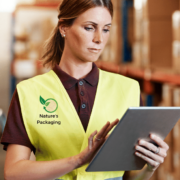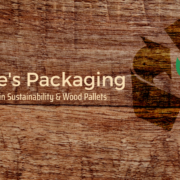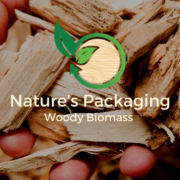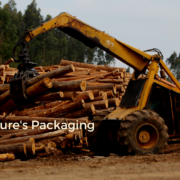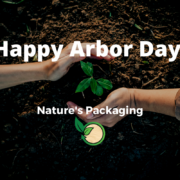U.S. Forest Products-Annual Market Review 2015-2021
The market for forest products in the U.S. is healthy, but for how long? Global macroeconomic pressures are inflicting inflationary pains on everything from wood pallets to essential household items, and the forest products business is no different. Since early 2020, the COVID pandemic’s lock down and public health and safety measures nearly ground the world’s economy to a standstill. Today, we’re still coming out of hibernation, so to speak, but there’s plenty of room for optimism too.
Forest products have weathered the pandemic and subsequent lock downs relatively well. That does not mean serious challenges remain, yet the overall outlook has a positive trajectory. With those considerations in mind, here’s a breakdown of the most critical takeaways from the latest report U.S. Forest Products Annual Market Review and Prospects, 2015-2021.
Purpose of the Annual Market Review
The annual market review aims to build a holistic analysis of the forest products industry, including a breakdown of each market segment, such as sawn softwood and sawn hardwood. The report also outlines the developments that are shaping forest product consumption. The booming housing market is a prime example, as demand for raw lumber and building supplies remains historically high.
There’s even a brief mention of how biomass energy dovetails with the federal government’s emphasis on sustainability and climate change. Altogether, each of these factors forms a comprehensive picture of the U.S. forest products industry. The author of the review, Delton Alderman, has included everything that may affect the business moving forward over the next five years or so.
Current State of the Forest Products Market
Interestingly, the report’s bottom line is this: The table end of the covid-19 pandemic is still influencing the U.S. economy at large, and the forest products market business is no different. Specifically, the review identifies the most significant contributors to the disruption as the waning global demand for wood products, geopolitical events, and the trade disputes that have been ongoing for several years.
But according to the report’s author, a healthy U.S. housing market should be a boon to the forest products industry as home prices continue to rise along with a lack of available homes for sale, including new home construction that simply can’t keep pace with consumer demand. That’s a high-level look at the report, so let’s drill down into little bits of information and data that go into the review.
Information and Data in Annual Market Review
The report’s author builds out the review by looking into information and stats that focus on forest products. The study delves into consumption, trade, prices, credit, production, and the aforementioned macroeconomic effects. The review categorizes each market segment. The downside is that the nomenclature used by the author may be different from the terminology you use internally within your company or industry. Additionally, there is also data on product prices, international trade, domestic markets, and policy initiatives.
When is the Annual Market Review released?
Published in conjunction with the United States Department of Agriculture, U.S. Forest Products Annual Market Review and Prospects, 2021-2025 comes out every year. The overriding difference this year is the depth and significance of the disruptions triggered by the COVID-19 pandemic. As such, the report looks at the market in its entirety instead of focusing on a single sub-sector.
The time frame in question may differ from report to report as economic conditions dictate how far into the future industry leaders should look for near-term trends. This time, the report outlines what the industry may soon face from 2021 to 2025. It’s the minimum amount of time necessary for a proper statistical analysis that seeks to forecast trends in juxtaposition with past data. From that point onward, the review breaks down the statistics and greatest influences for each category of forest products.
Forest product categories in the report
According to the report’s definition of forest products, the U.S. market can be broken down into several categories:
- Timber products production, trade, and consumption
- Sawn softwood
- Softwood log trade
- Sawn hardwood
- Hardwood log trade
- Pulpwood
- Furniture
- Structural panels
- Engineered wood products
- Hardwood plywood
- Particle board and medium density fiberboard
- Hardboard
- Insulation board
- Fuelwood
Additionally, the author explains the impact of economic conditions on each market segment. By taking this approach, the report can give a 360-degree view of the forest products industry and where it may turn in the future. Business leaders need an accurate portrayal of the industry to make investments and plan for successes – or further economic disruption due to factors beyond their control (i.e., rising inflation).
Currently, we are still in the nascent stages of a recovery from COVID-19, which most likely will affect the industry’s trajectory over the near term. And countries are facing headwinds from the invasion of Ukraine and the subsequent recessionary environment.
Some segments will feel the impact more than others. The purpose of the review is to provide a starting range on how these forces will affect those markets. Without these insights, industry-leading companies would have a much harder time getting a snapshot of the market and whether or not the exacerbating factors are beyond their control.
Take some time to review the report, which can be found at the link above, and see how the economic conditions may factor into your strategic decision making.


